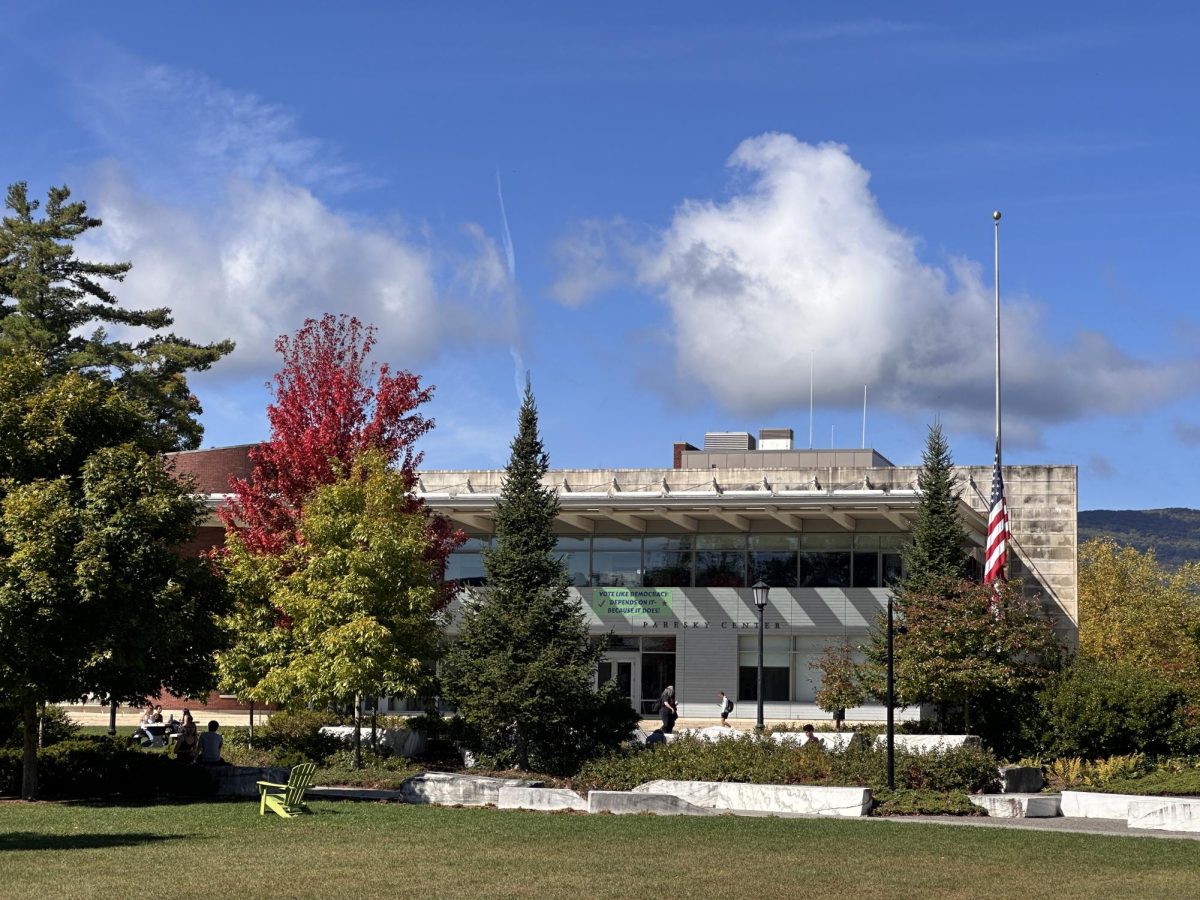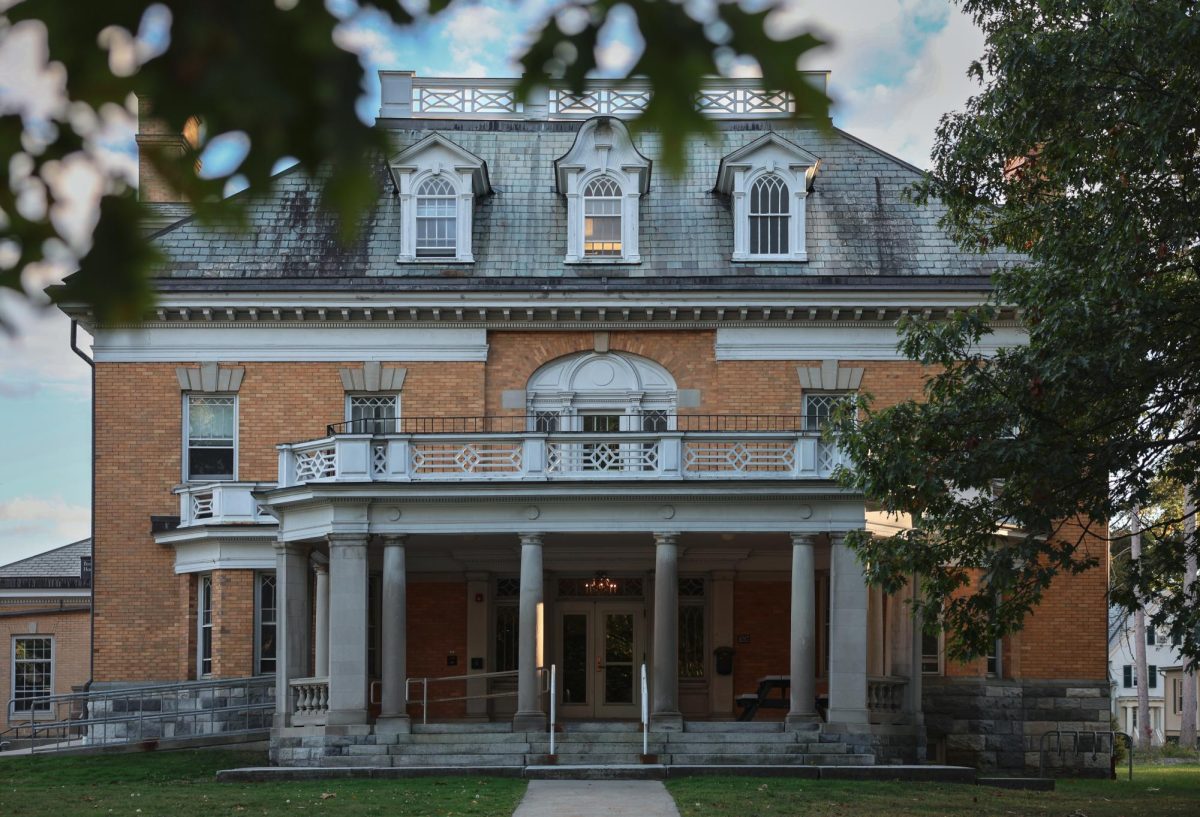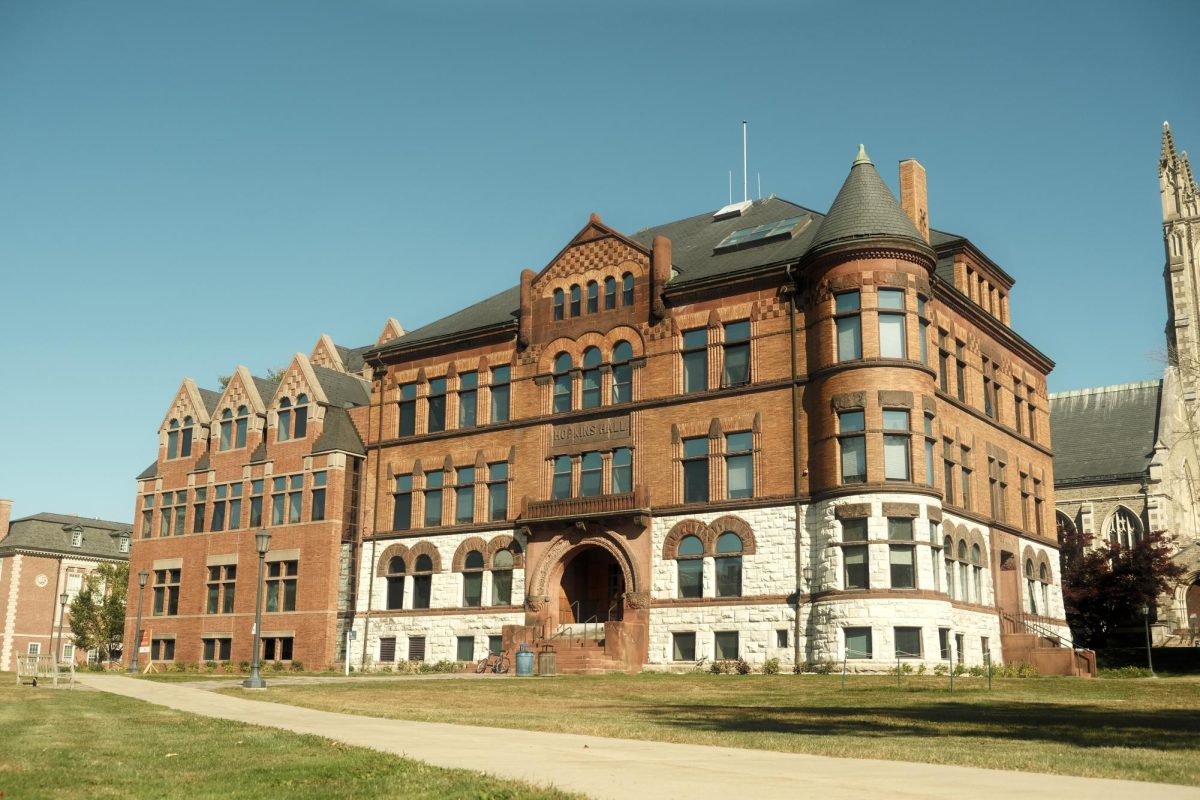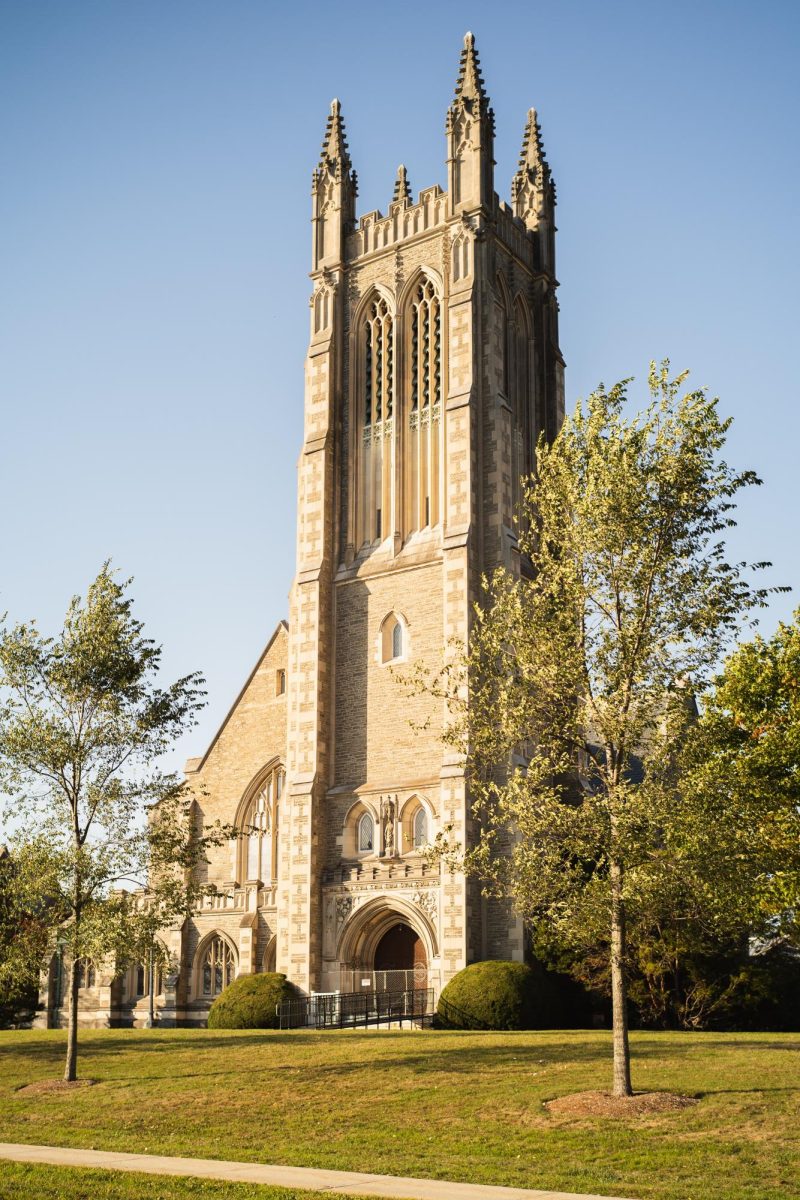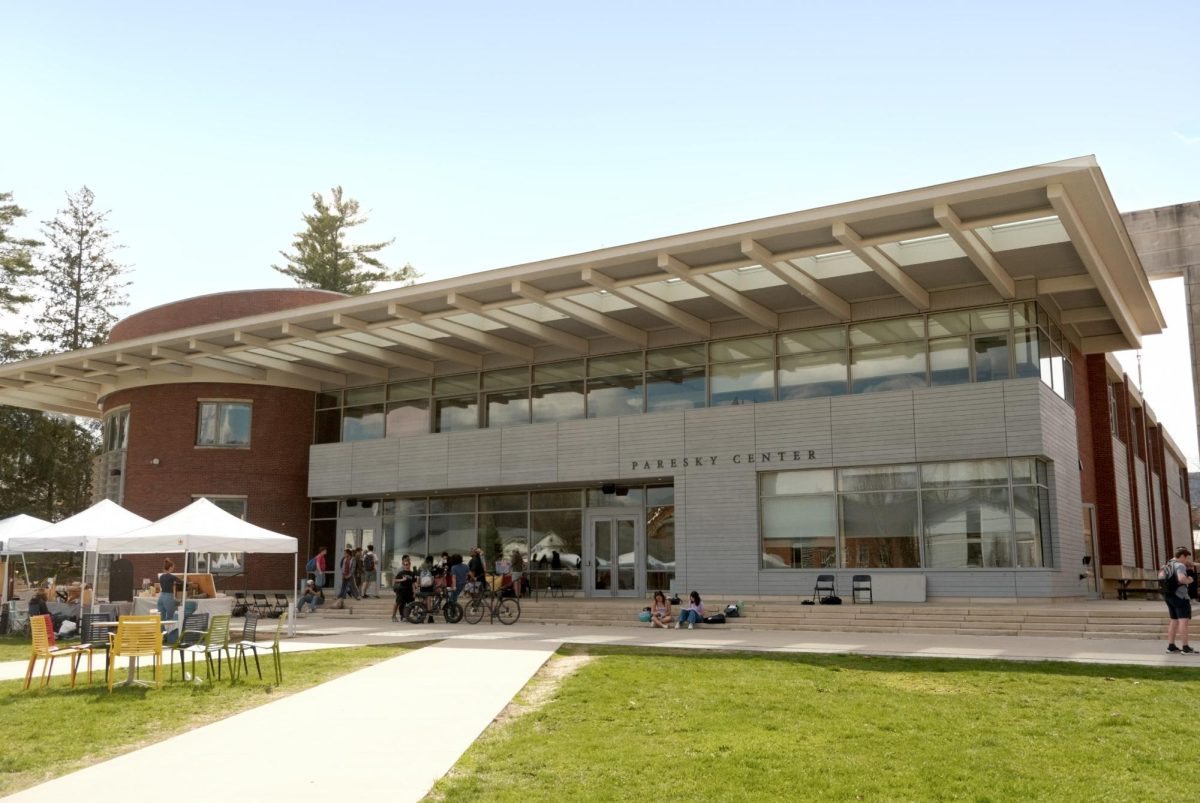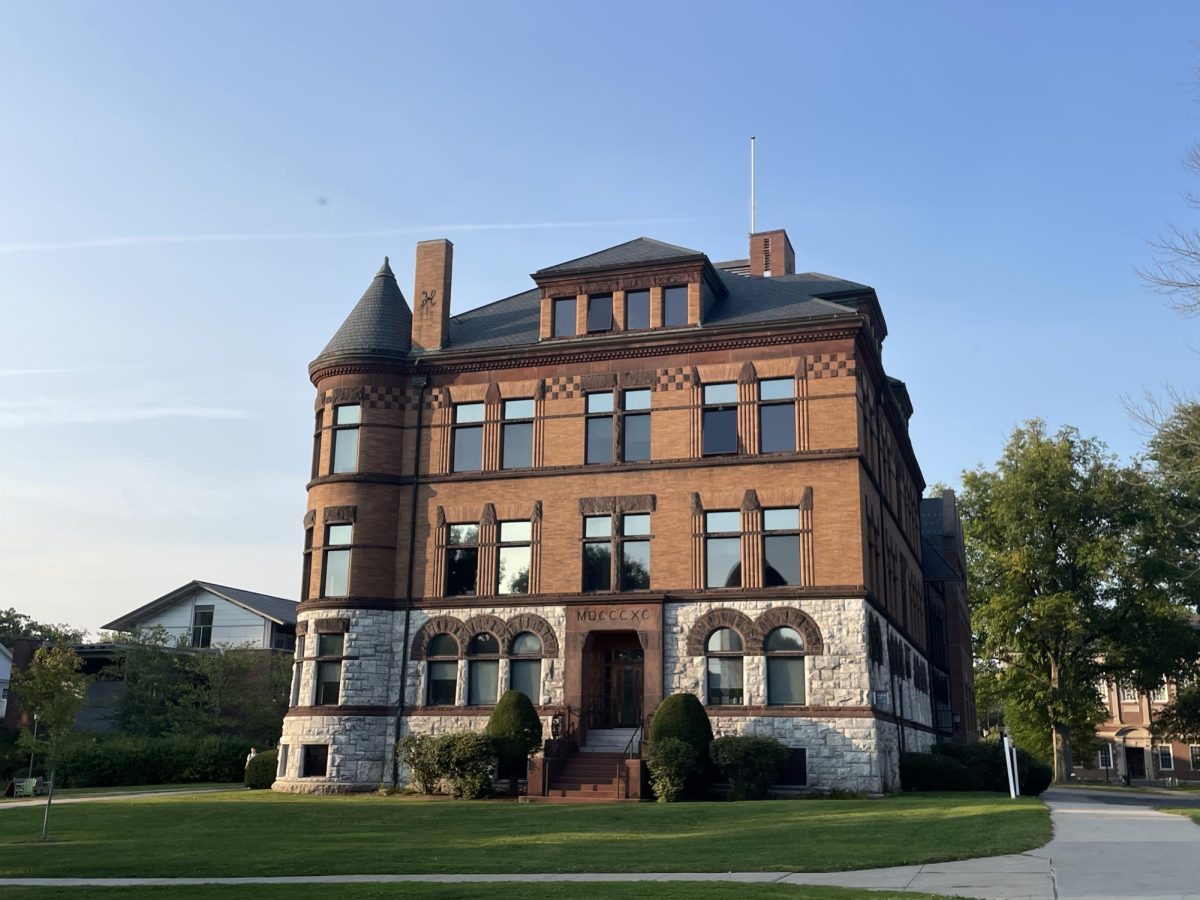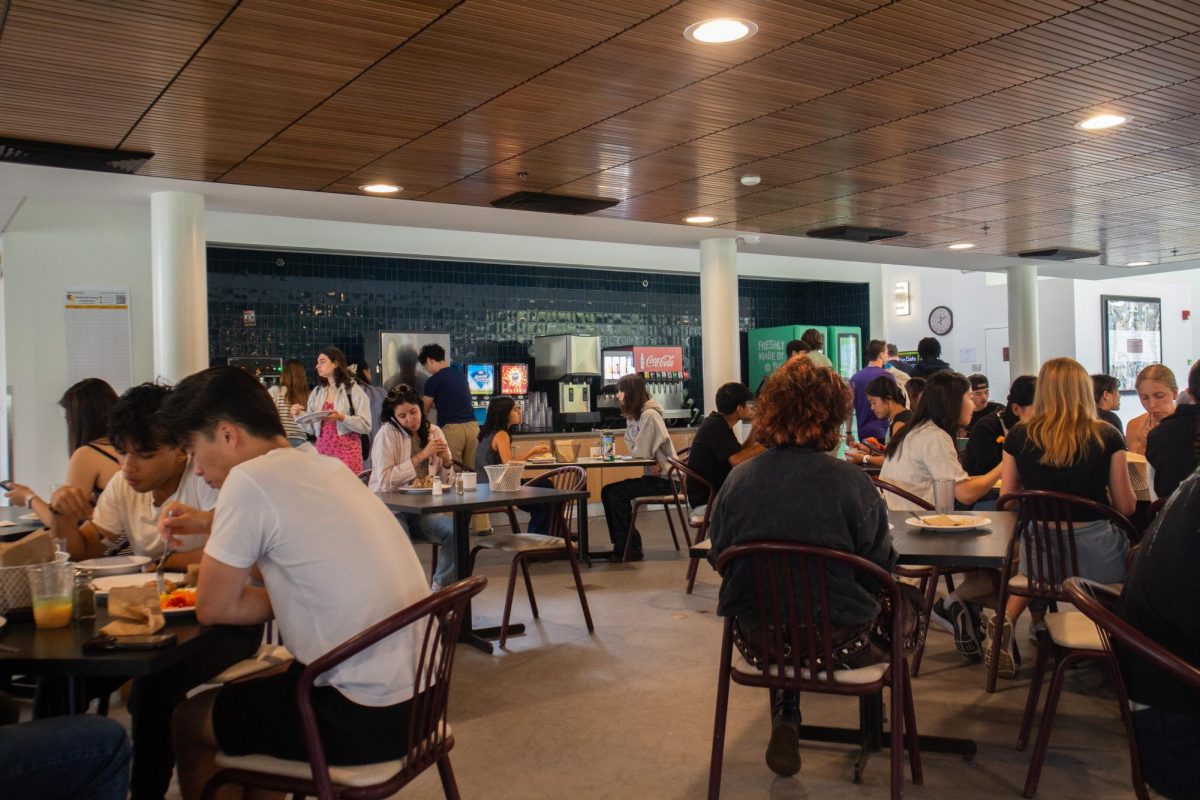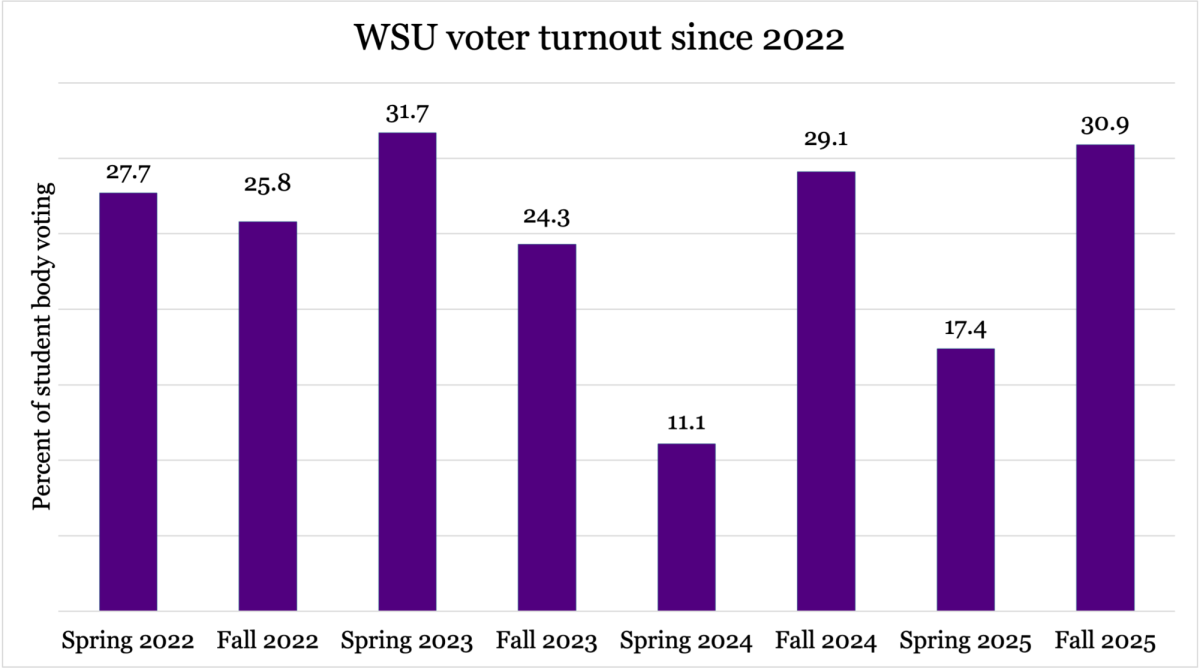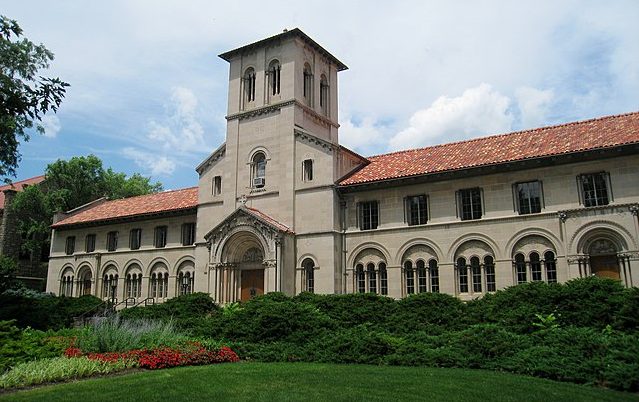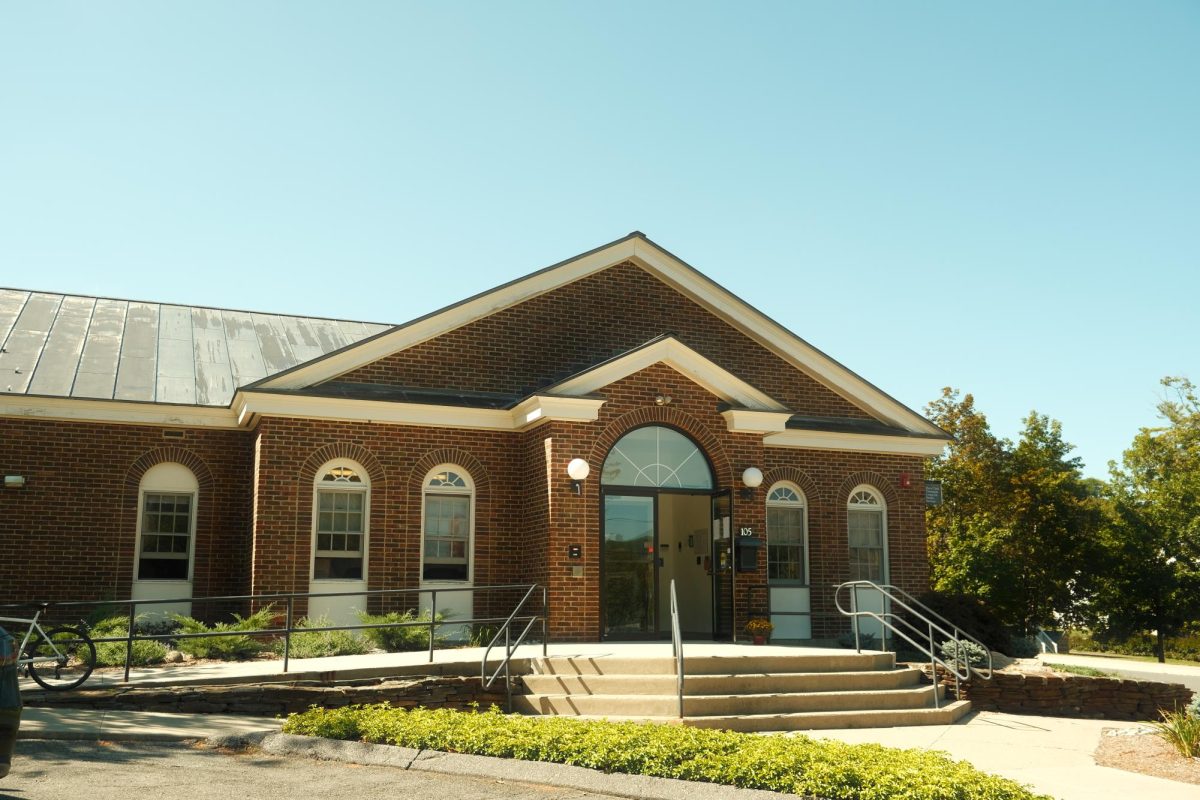
As students returned to campus, a number of familiar buildings hid behind scaffolding or mounds of dirt. The most notable project, a revamp of Paresky, will wrap up in October.
The construction is the result of a $1.75 million maintenance allotment in the 2025-26 Strategic Plan. Buildings renovated include Schapiro, Driscoll, Eco Cafe, and, most notably, Paresky, which is still undergoing construction.
The Paresky project began as routine maintenance to address fire prevention code upgrades, meant to be carried out over the summer.
Over the summer, it expanded to include additional renovations of the building as well as other smaller projects needed to support dining, including replacing the original lighting controls and upgrading both elevators. The College chose to expand the project and stretch its timeline into the fall semester rather than break the project into two summers’ worth of work and hire construction teams twice, according to Associate Vice President for Campus Planning and Operations Mina Amundsen. “It’s a pretty thorough and comprehensive set of projects,” Amundsen told the Record. “While we’re at it, why not just take on all of these different things?” she continued.
The construction crews at Paresky are repainting the facade with fire retardant paint and upgrading internal infrastructure such as flooring and the freight elevator, Amundsen said. Work began June 16 and is expected to wrap up by mid-October.
Most of the renewal projects in construction across campus involve staying up-to-date with evolving state code regulations. “The state codes change over time, and we need to make sure that we have our systems up to date,” Amundsen said. “So part of the maintenance is also doing upgrades that meet our code requirements.”
Aside from regular maintenance, one of the renovations that arose during the Paresky construction process was repairing deteriorating masonry joints on the roof. “A lot of the joints [in Paresky] were kind of eaten up and just weathered,” Amundsen said. “The thing with joints is if you leave them and don’t do anything, water gets in, you don’t want water to start getting in.”
Some students expressed disappointment about the obstruction. “I used to eat on the steps with my friends for lunch and it was great in the warm weather,” Mia Roets ’28 said in an interview with the Record. “It’s kind of sad that I don’t get to do that anymore, and it was definitely a good community-building time that was taken.”
Others said they have trouble navigating the building area, now that several of the entrances are blocked off. “It’s made my walk home significantly longer, because now I have to go all the way around Paresky instead of going out the side entrance,” Sammy Xiang ’26 told the Record.
Students also want better communication from the College. “It would just be nice to have some communication on, like, ‘Oh, is there a timeline? What is the point of the construction?’ Stuff like that,” Xiang said.
Most projects were completed over the summer, but construction continues on both Schapiro and the President’s lawn. Deputy Director of the Zilkha Center Mike Evans emphasized to the Record the importance of sustainability in future construction. “As the college explores future capital projects, central to those will be deep energy retrofits of existing buildings, incorporating passive house design principles, and identifying and implementing energy conservation measures,” he wrote in an email.
More routine construction is expected moving forward. “We look at fire safety on an ongoing basis,” Amundsen said. “We want to make sure that all of our buildings are always in safe operating conditions.”



